How to Care for Your Dizzy Daisy Florals
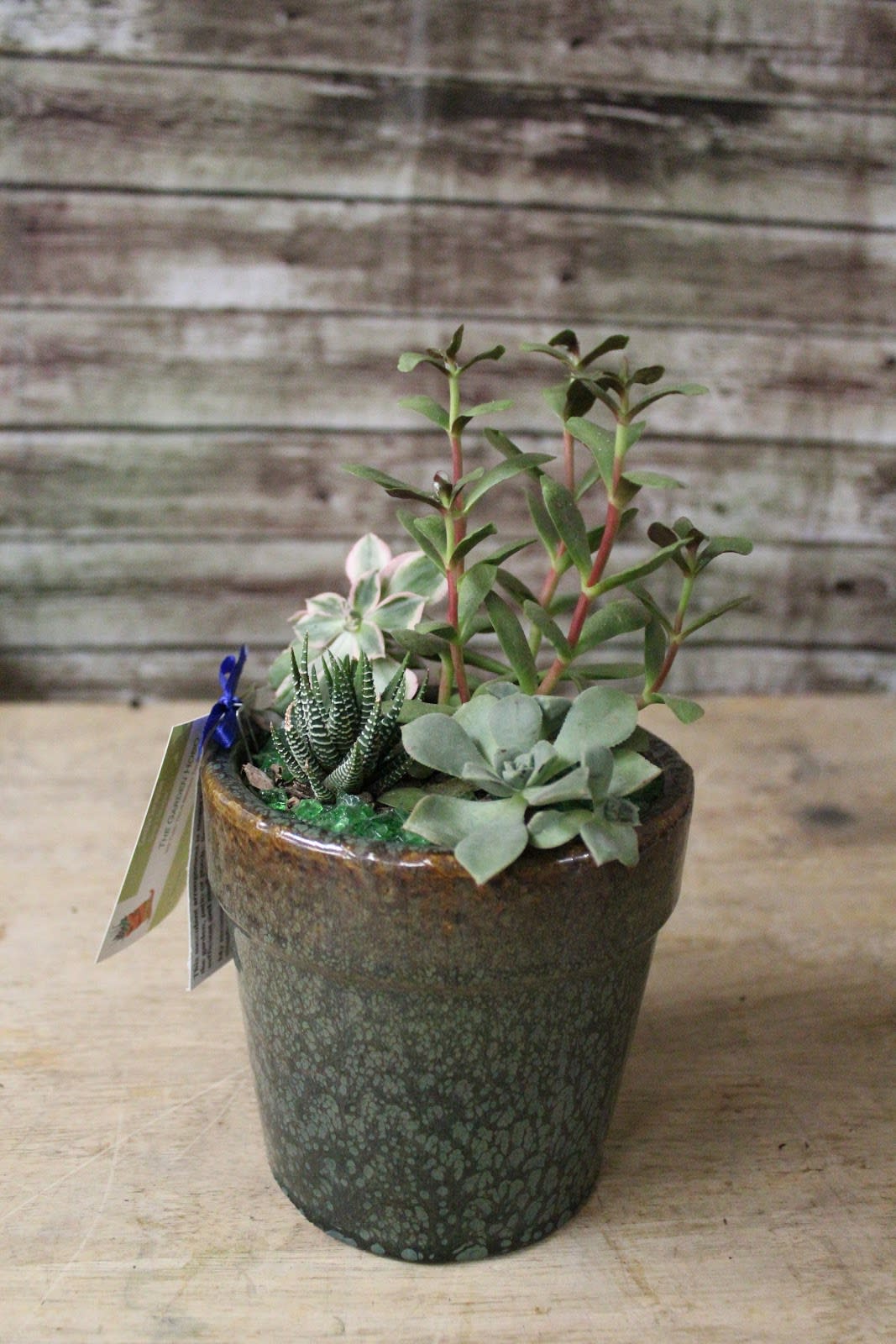
Succulents
Water once a week or less. Check soil with wood dowel weekly, if dowel is dry, add water. If the container is lacking drain holes spritz the soil until top layer is damp, do not over water or let the plant sit in water. If pouring water directly into soil, allow all excess water to drain from the drainage hole(s) on the bottom of the pot. This should be done outdoors or over a sink, drain and let sit until bottom of container is dry. Do not store on a surface that will absorb moisture without a protectant. If plants are kept indoors, on a windowsill or in a heated room they may require more water, check weekly.
Giving your succulent a good balance of light will help keep your plant healthy with strong green leaves. For a potted plant that slowly grows toward the light over time, you can rotate pot for more balanced growth.
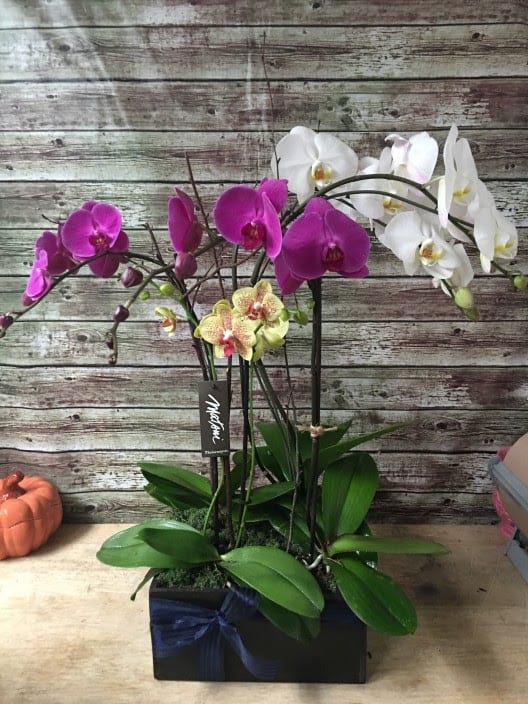
Orchids
Orchids need 1-2 ice cubes per plant when dry to touch. Check soil by touch or with wood dowel, poke about an inch into the growing media (middle). If it’s dry, give it some water.
Fertilize orchids weekly or bi-weekly while they are producing new growth and decrease to monthly or bi-monthly intervals once they mature. Discontinue altogether once the plants become dormant.
Keep an eye out for signs of pests or disease. Orchids are occasionally affected by mealybugs, scale, and aphids. These can usually be washed off or treated with insecticidal soap.
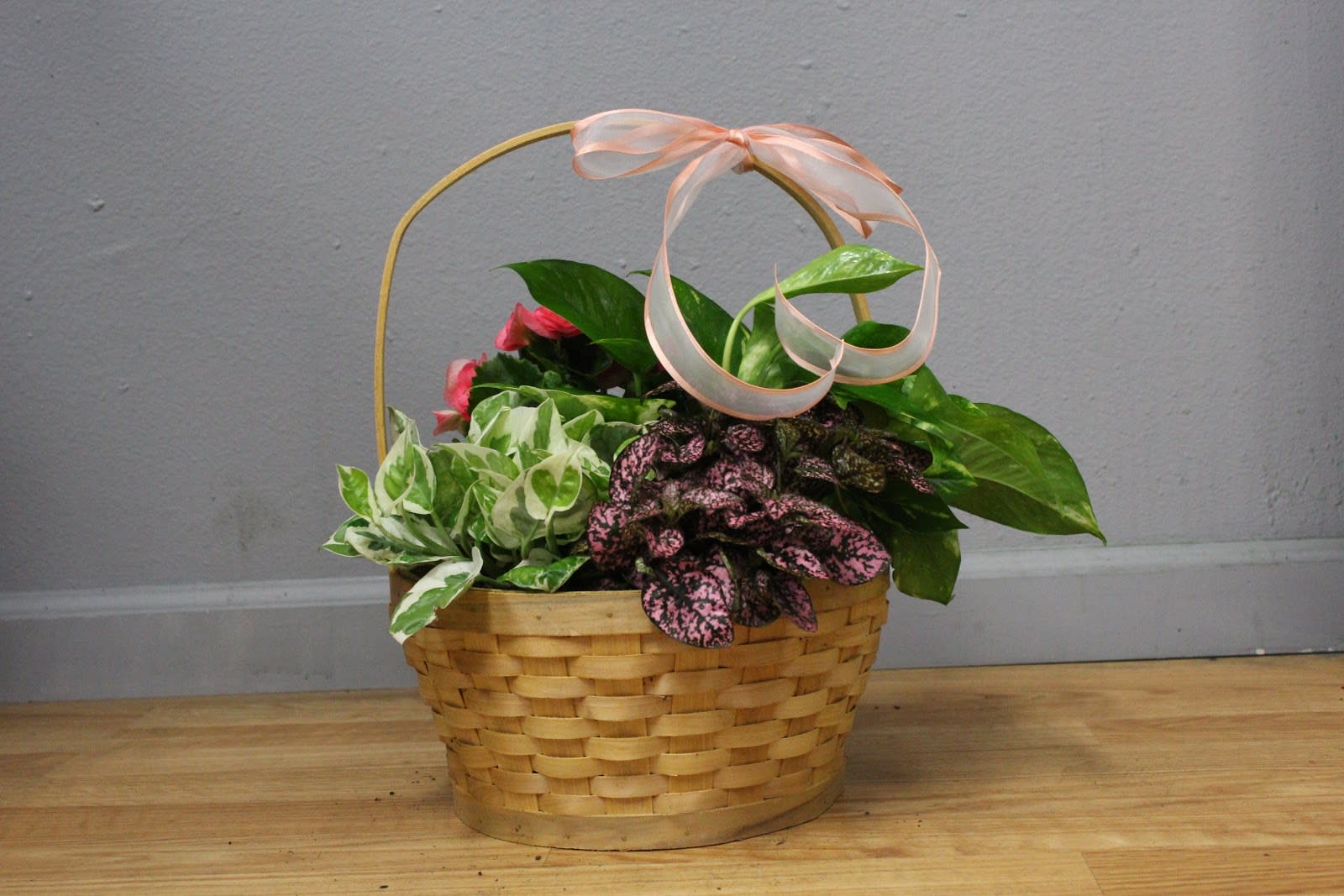
Dish Gardens
Dish gardens should receive a fair amount of light. However, if the plants are too close to a light fixture this may become a problem, for the light may scorch the plants.
Dish garden may include various plants. Each plant may have different water requirements, keep the soil moist but not soggy. This will require a physical check of the soil. If your air is dry you can also mist the air around the plants every few days to help with growth.
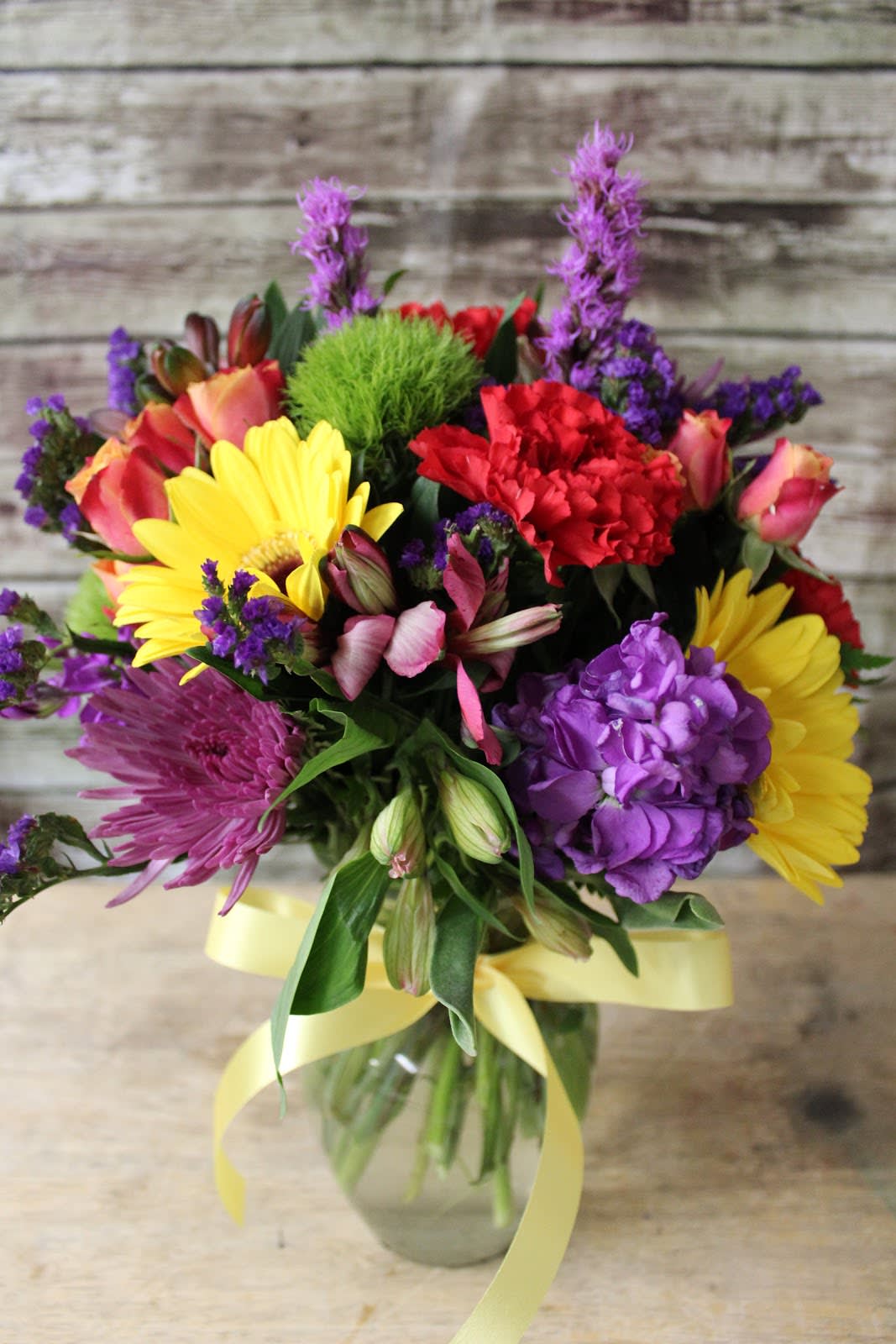
Fresh Arrangements (Vase)
Avoid putting arrangements in direct sunlight, or places where the temperature may fluctuate rapidly, such as next to a fan, air conditioner, fridge or TV/electronics.
There are many myths that say putting coins, bleach, aspirin or ice cubs in the flower water will help the flowers live, but those add unwanted chemicals and bacteria that could kill your arrangements quickly.
The Dizzy Daisy does not provide flower food with our arrangements. Keeping a cool, bacteria free environment is all you need for maximum life expectancy. We suggest cutting the stems every other day, making sure that all stems are submerged in water, cleaning the vase with soap and re filling the vase with fresh clean water. Lastly, if you see any dead or dying flowers, remove them from the arrangement so the bacteria doesn’t spread to the other flowers.
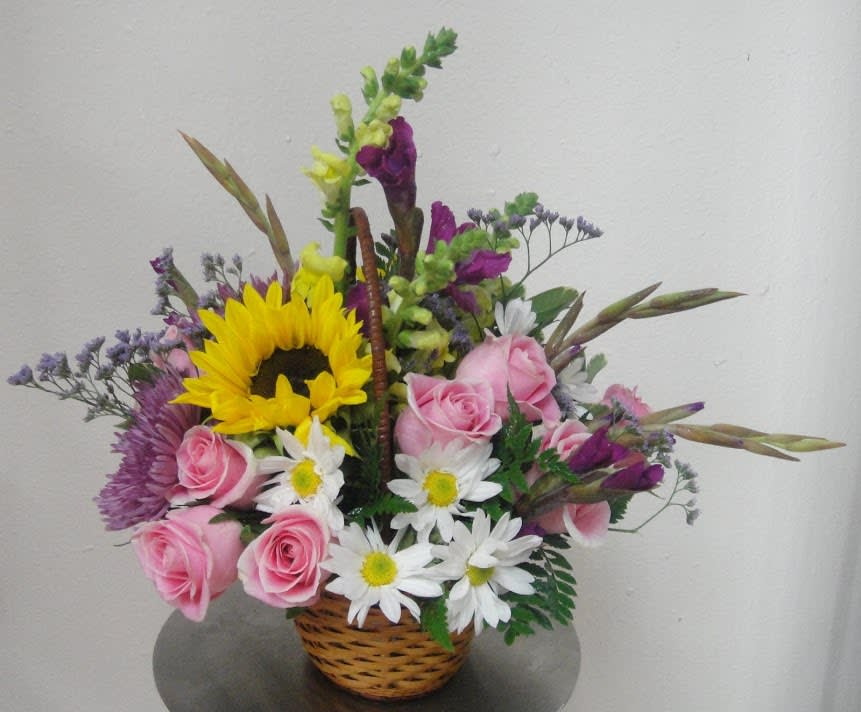
Fresh Arrangements (Basket)
Arrangements in baskets are supported by an oasis, a foam block that holds water and supports floral life. Recutting the stems is not necessary for arrangements in oasis, however pay attention to the amount of water in the oasis and liner, which will help with the lifespan of the arrangement. Refill liner with water over the sink. Let all access water drain in sink and dry before moving.
Avoid putting arrangements in direct sunlight, or places where the temperature may fluctuate rapidly, such as next to a fan, air conditioner, fridge or TV/electronics.
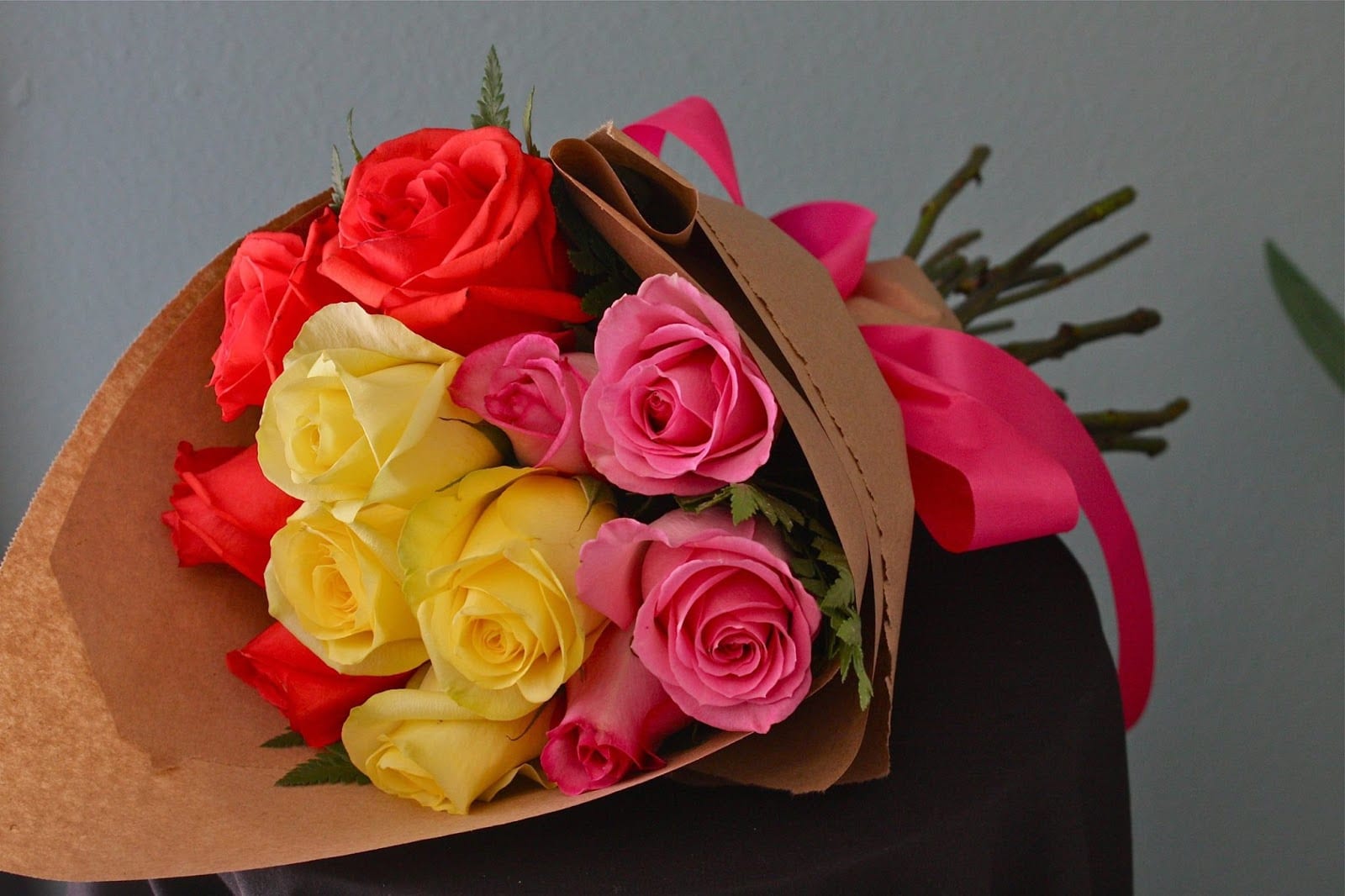
Hand-Wrapped Arrangements
As soon as you recieve your hand-wrapped flowers, recut the stems diagonally about a quarter of an inch. Then, immediately put them into a vase with water.
Follow the “fresh spring arrangements”instructions section above.
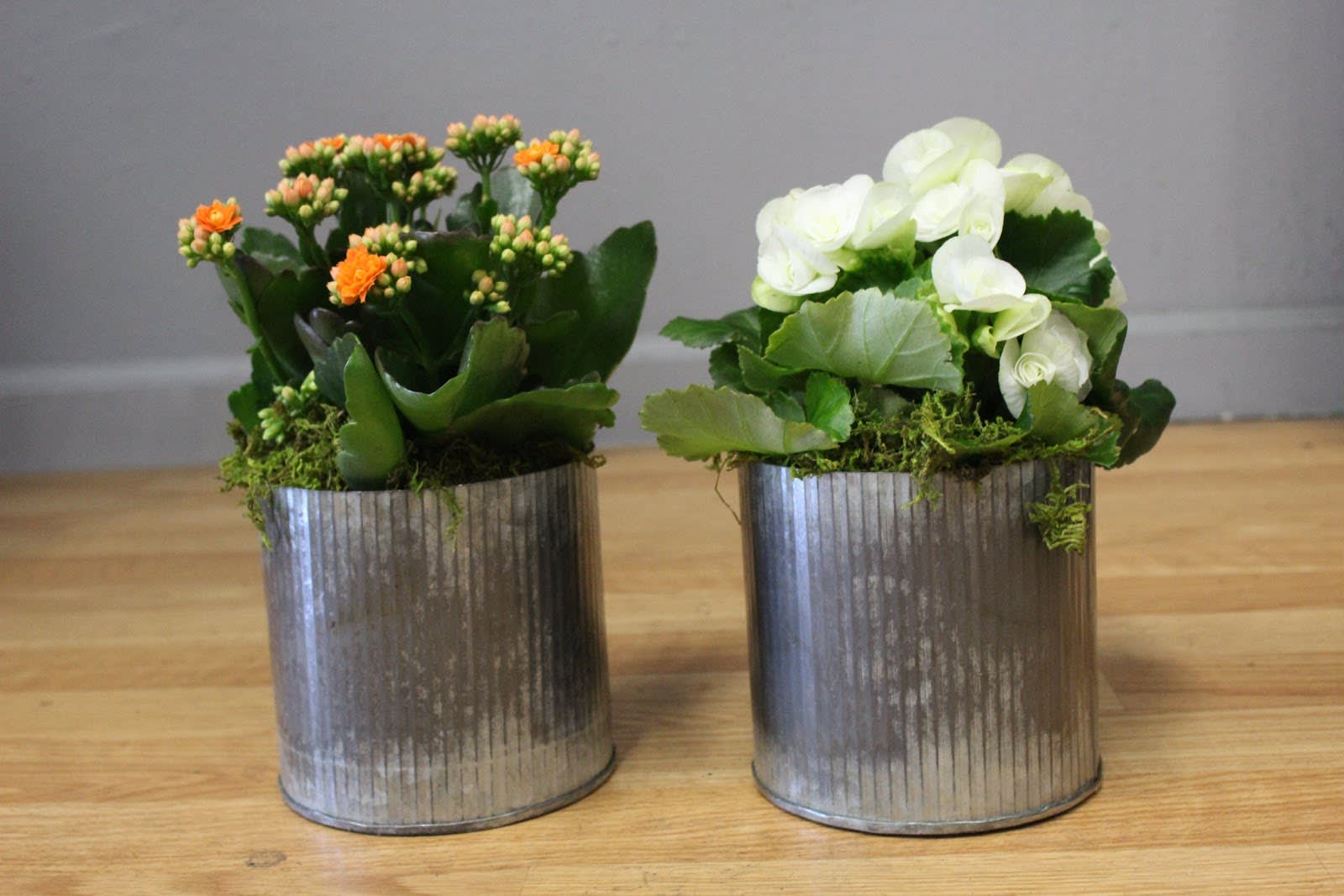
Blooming Plants
Water the soil and not the leaves or the flowers themselves. Do not overwater. Never let the soil sit in water; overwatering can lead to rotting. If the container provided does not have a drain, water less, check in a day and re water if needed. Once the blooms have blossomed and wilted, use cutting shears or a cutting tool to remove dead flowers. Plant food, larger pot and additional soil may be added as the plant grows. If taken care of properly, plants may bloom the following year or sooner.
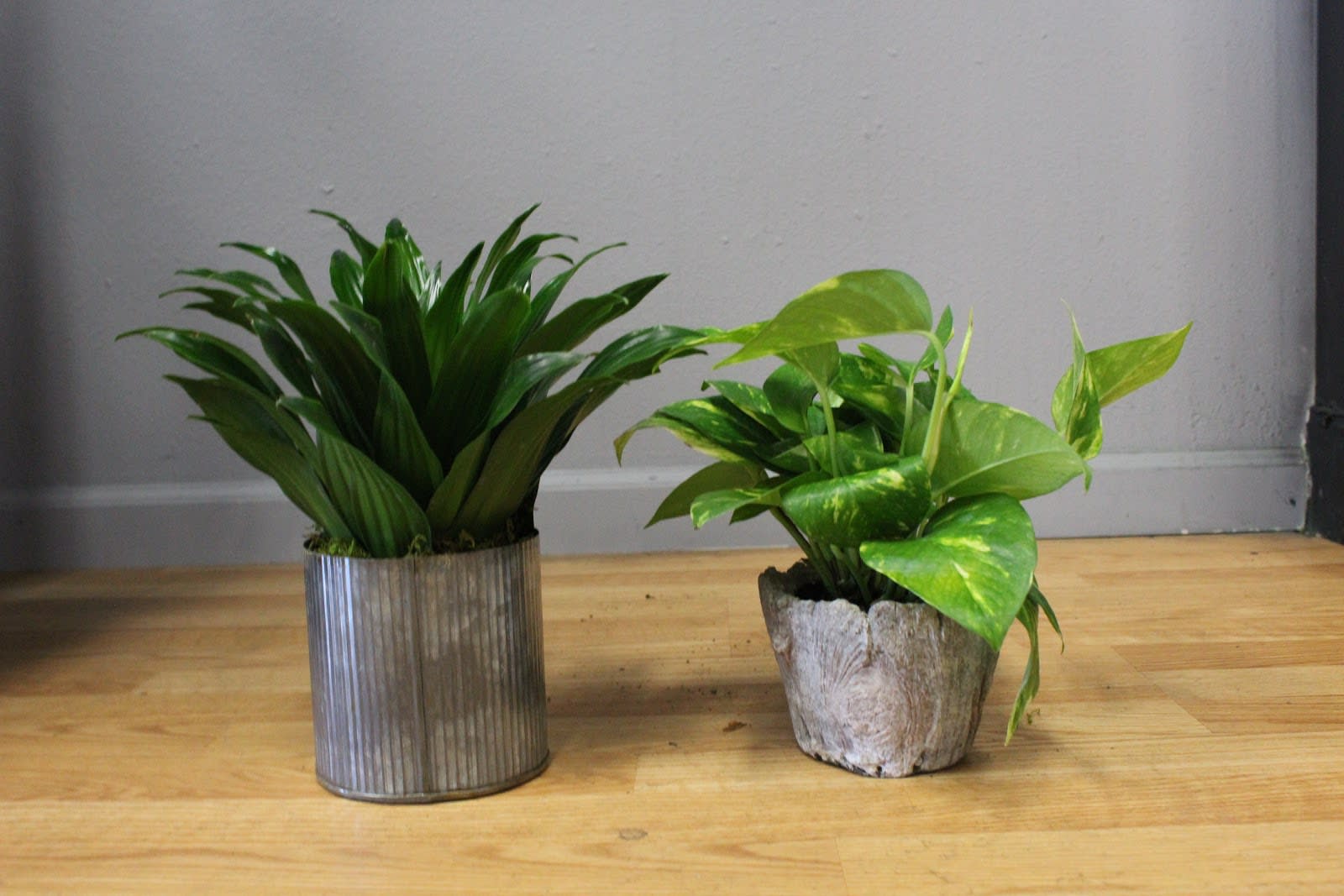
Indoor Green Plants
No. 1 reason house plants don't thrive is overwatering. Soil should be moist but not soggy; don't leave water standing in the saucer, unless you let the pot rest on pebbles so that the roots aren't in contact with the water.
Irregular watering results in burned tips. When the soil dries out between waterings, salt builds up in the soil, burning the tips of plants. Take the plant to the sink and run water through the soil, flushing out built-up salts. Consistent watering is very important for maintaining plant and soil health.
Yellow and brown leaves: these result from either over or underwatering. Feel the soil to determine if it's too wet or too dry. Sunlight is the other critical component to successful plant growth. Plants need either direct sunlight or diffused light (as through a sheer curtain), but the quality and quantity of each may vary, depending on the type of plant. Too-little light: plants will get dull, scraggly leaves or spindly growth when they are grown with too little light. Cut back plants that have been in a too-dark area and place them in brighter light, depending on their needs. The plants should soon respond with new growth. Sun scorch: Leaves have brown spots surrounded by yellow when they get too much sun. Equivalent to a sunburn, sun scorch can happen when a low-light plant is placed in direct sunlight, or when an indoor plant is abruptly placed outside in direct sunlight and left there. Plants need time to build resistance and adapt. For more info on indoor plants please visit https://1ww.hgtv.com/outdoors/flowers-and-plants/houseplants/houseplant-care-8-keys-to-success
